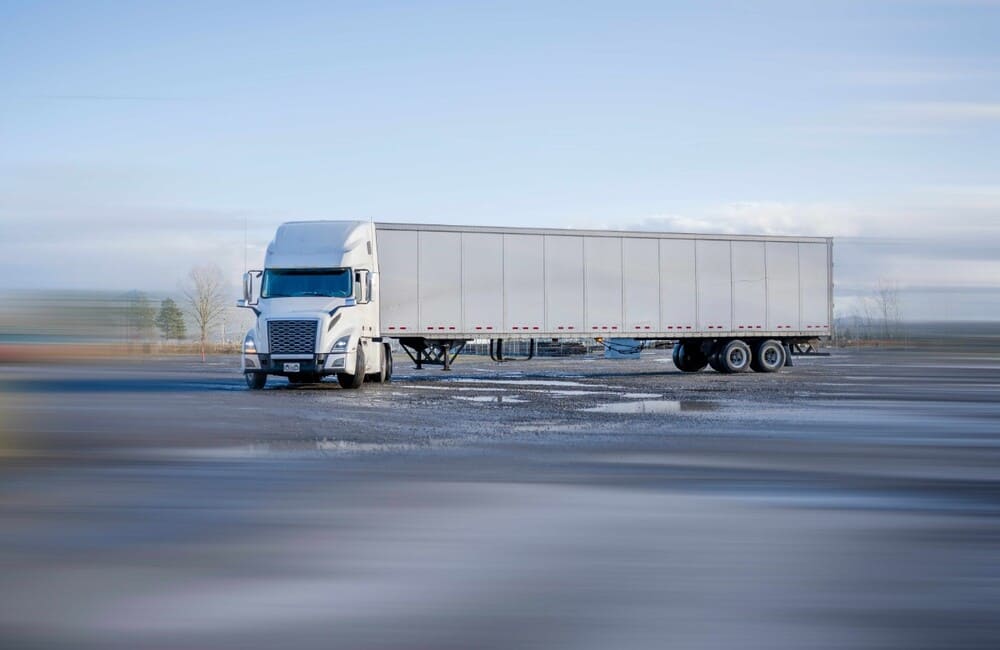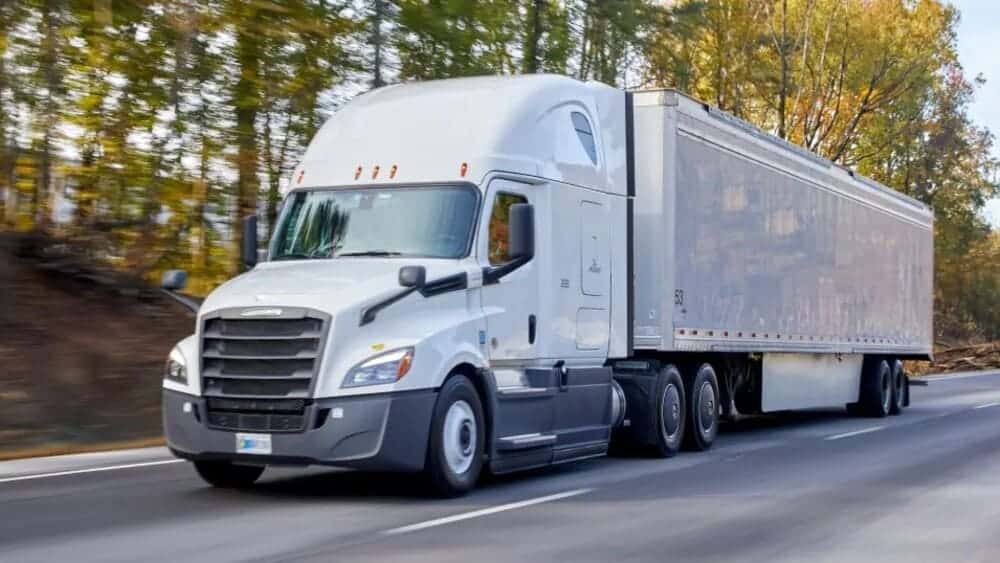
June 5, 2025

3116 Views

6 min read

May 30, 2023

2392 Views

6 min read
When goods are shipped, they are expected to reach their intended destination safely. However, sometimes unexpected incidents can occur. If your shipment is damaged, lost, or delayed, recourse is available by filing a freight claim with the carrier. This allows you to seek financial compensation for any losses incurred.
A freight claim is a request under the law made by the shipper or consignee to the carrier seeking compensation for any loss or damage suffered by the shipment. The primary objective of filing a freight claim is to prompt the carrier to address the issue and fulfill their obligations as stated in the original bill of lading, thereby resolving the situation. FleetCare offers practical advice for quick issue resolution with freight claims.
There are several reasons why one might need to file a freight claim. Here are some of them:

The approach to handling the situation is similar to dealing with a car accident. Here’s what you should do:
Quickly report the incident and provide evidence to ensure your ability to file a freight claim and receive compensation for damages. Similar to a car accident, your insurance provider requires proof of the incident and a determination of fault.

Potential causes of damage include water damage, crushing, contamination, and others. To ensure proper handling of freight, follow these steps:
Remember that signing the BOL without denoting damages implies acceptance of the freight in its current condition. Filing a freight claim after signing the BOL without documenting damages and faults makes it difficult for the insurance provider to determine the responsible party.

If damage or loss requires a claim, the carrier is generally expected to be notified within 15 days. Claims should be filed within nine months. However, specific deadlines may vary depending on the carrier, mode of transport, and state laws and regulations.
Here are the necessary steps to follow when submitting a claim:
If damage is noticed upon receiving the shipment, it should be documented on the delivery receipt or proof of delivery.
You need to prove that the product was shipped without damage and arrived in a damaged condition. Additionally, include the accurate monetary value of the loss. Note that the reimbursement amount may not be 100% of the value.
Collect the following documents to support your claim:
Resolving a freight claim may take several months, but being well-prepared increases the chances of a faster reimbursement and recovery of your losses.
To minimize or avoid freight claims, you can take several essential steps, including effective packaging and consistent cargo tracking throughout the procedure.
Here are tips for avoiding freight claims headaches:
Ensure that your products are adequately packaged to minimize the risk of damage. This involves using sturdy boxes or crates, using protective materials like bubble wrap and packing peanuts, and ensuring the packaging is in good condition.
Thoroughly inspect trailers before loading to identify broken floorboards, leaks, or protruding objects that could cause cargo damage during loading, unloading, or transportation. It is crucial to have clear labels on all shipments, accurately displaying the addresses and contact information.

Use trailer seals as a reliable means of protecting against cargo complaints. If the shipper provides a trailer seal, make sure to use it. It is advisable to carry a supply of trailer seals if the shipper does not provide one.
Document any discrepancies that arise and cannot be resolved on the shipping documents. Keep a camera on hand to capture any damage that could lead to a claim. Ideally, the shipper or consignee should acknowledge unresolved discrepancies in writing on the shipping documents. It is important to inform your company immediately before leaving the loading or unloading point, enabling all relevant parties to address the issues.
The loading and unloading process whenever possible, taking responsibility for ensuring the satisfactory condition and correct quantity of the load. Proper loading techniques should be employed to prevent damage during transit and avoid penalties such as overweight tickets.
Maintaining open communication with all involved parties is beneficial, allowing for necessary preparations and avoiding last-minute rushes that can detract from other tasks or procedures.
Freight claims present challenges for all parties involved, making them an unavoidable aspect of the industry. However, they can be handled professionally. If you need help with freight claims, don’t hesitate to contact FleetCare.
Test